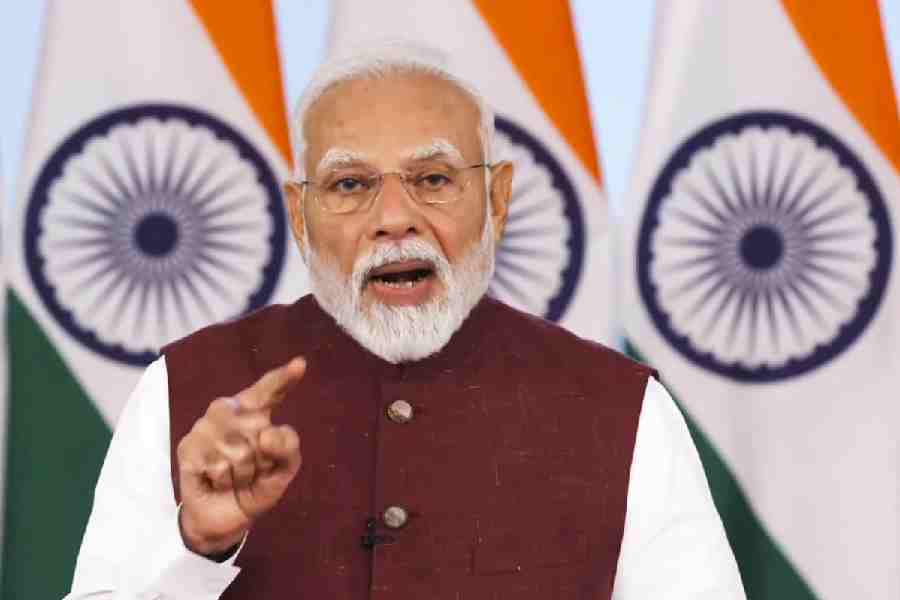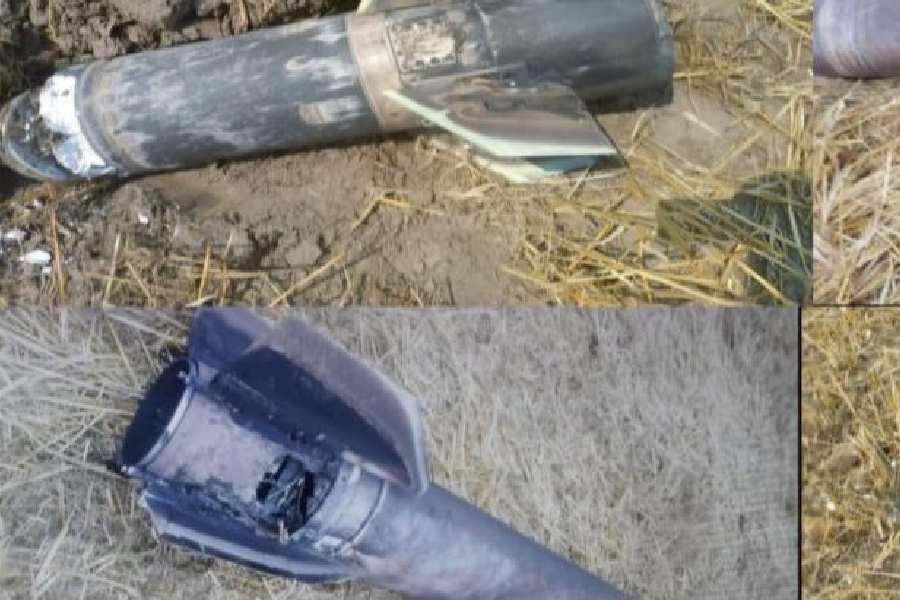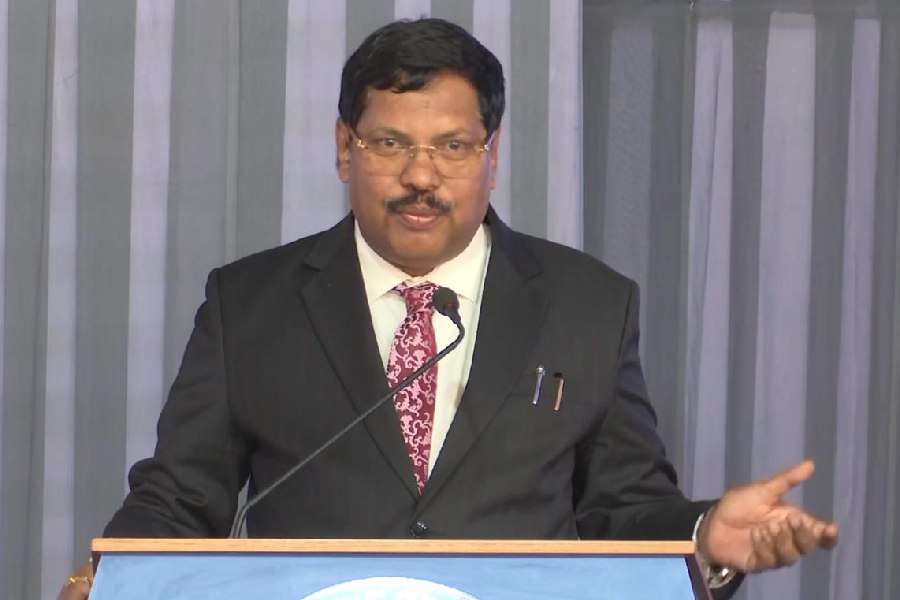New Delhi, Oct. 8: A veteran parliamentarian today said the impeachment motion against Calcutta High Court judge Soumitra Sen should be moved in the Rajya Sabha first to uphold fairness.
CPM Lok Sabha MP Varkala Radhakrishnan claimed that it would be “unfair” to introduce the motion in the lower House as Justice Sen worked in the same chamber with Speaker — and expelled comrade — Somnath Chatterjee’s son Pratap Chatterjee when he was a lawyer.
“The impeachment motion should come to the Rajya Sabha first. It is unfair to bring the motion before the Lok Sabha, when Somnath Chatterjee is the Speaker of the House, as Justice Sen and the Speaker’s son worked in the same chamber. The guilt charge against him (Justice Sen) goes back to those days,” the former Speaker of the Kerala Assembly said.
Neither Somnath nor his son could be contacted for comment.
The case dates back to 1993 when Sen, a Calcutta High Court advocate at that time, was asked to act as court receiver in a legal dispute. Sen put the money — Rs 32 lakh — in his personal bank account and retained it despite being made a high court judge in 2003.
A panel of three Supreme Court judges, set up to probe the case, found him guilty of financial misconduct. But Sen refused to resign or take voluntary retirement.
“So we have to bring this matter before Parliament,” law minister H.R. Bhardwaj had said last month.
Radhakrishnan said if the motion was passed by the upper House, it would then have to come before the Lok Sabha and there would be no chance of “scuttling it”.
Asked if he was articulating the stand of the CPM — which has sacked the Speaker for not toeing the party line — Radhakrishnan said: “The issue hasn’t come before the party. What I am telling you is a fair point in the principles of justice and it is my considered view.”
Under the Constitution, an impeachment motion can be introduced in Parliament either by 100 Lok Sabha MPs or 50 Rajya Sabha MPs. It is then referred to the Speaker or the chairperson, who sets up a three-member inquiry committee before which the judge can defend himself.
If the committee recommends his removal, it has to be vetted by a double majority in the House in which the motion was introduced — majority of the total membership and two-thirds majority of members present and voting. The same process would then have to be repeated in the other House. If the motion is passed, the judge stands removed.









